I have searched SO but I have not found an exact duplicate of this question.
The OP has requested:
... so I can plot some bar charts in ggplot2 where the x-axis would have 3 quarters and each quarter would have the counts of each colour.
For this, aggregation is not the crucial point here (ggplot2 has functions to deal with different statistics) but reshaping the data in order to form an x-axis: The separate columns Q1, Q2, and Q3 need to be turned into one column of quarterly data with an additional Quarter column which will become the x-axis.
For reshaping from wide to long format we can use
long <- tidyr::gather(raw_data, "Quarter", "Count", -Colour)
or
long <- data.table::melt(raw_data, "Colour", , "Quarter", "Count")
(just to mention a few options).
Both return a new dataset in long format:
long
Colour Quarter Count
1 yellow Q1 1
2 green Q1 0
3 red Q1 1
4 black Q1 0
5 green Q1 1
6 white Q1 0
7 yellow Q1 1
8 yellow Q2 0
9 green Q2 0
10 red Q2 1
11 black Q2 1
12 green Q2 0
13 white Q2 0
14 yellow Q2 1
15 yellow Q3 1
16 green Q3 1
17 red Q3 1
18 black Q3 0
19 green Q3 1
20 white Q3 1
21 yellow Q3 1
Now, we can tell ggplot()
- where to place the bars along the x-axis (
Quarter),
- which colour to use for filling the bars (
Colour),
- and the height of the bars (
Count).
by
library(ggplot2)
ggplot(long) +
aes(Quarter, Count, fill = Colour) +
geom_col() +
scale_fill_identity(guide = "legend")

Data
raw_data <- data.table::fread("
Colour Q1 Q2 Q3
yellow 1 0 1
green 0 0 1
red 1 1 1
black 0 1 0
green 1 0 1
white 0 0 1
yellow 1 1 1")
